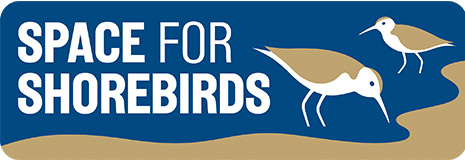Shore Nesting Birds
In spring and summer birds nest on sandy and shingle beaches along the Northumberland coast. They lay their camouflaged eggs directly onto the sand in a shallow depression called a scrape, making them very vulnerable to accidental trampling and predation. We create nest protection areas using fencing and signage to help reduce disturbance to the birds and give them a fighting chance at having a successful nesting season.
Please help us give these birds the best chance possible by following this simple guidance when visiting the coast during the nesting season:
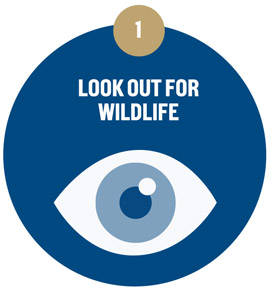
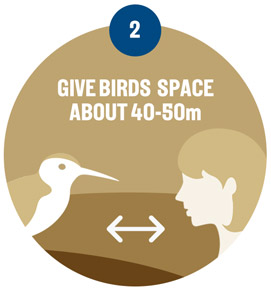
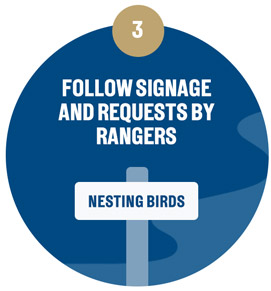
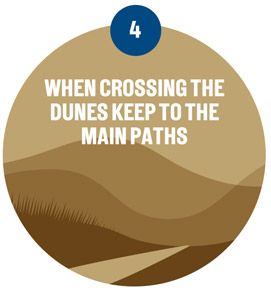
Ringed Plover
Ringed plover are very territorial and their nests are widespread along the coast. They lay 4 well camouflaged eggs which they incubate for around 23 days. A few hours after the chicks hatch, they are up on their feet exploring their surroundings. They are precocial, which means they find their own food, but the parents are always close by to keep them warm and safe from danger. It takes 25 days for the chicks to fledge, and during that time Chick Watch volunteers keep a close eye on them as they can often venture outside of nest protection areas!
Ringed plover need our help as their population has declined by 50% over the past 25 years and they are red listed for conservation concern. Many areas that were once used for nesting are now too busy, so the small areas of refuge we create are extremely important to reduce disturbance.
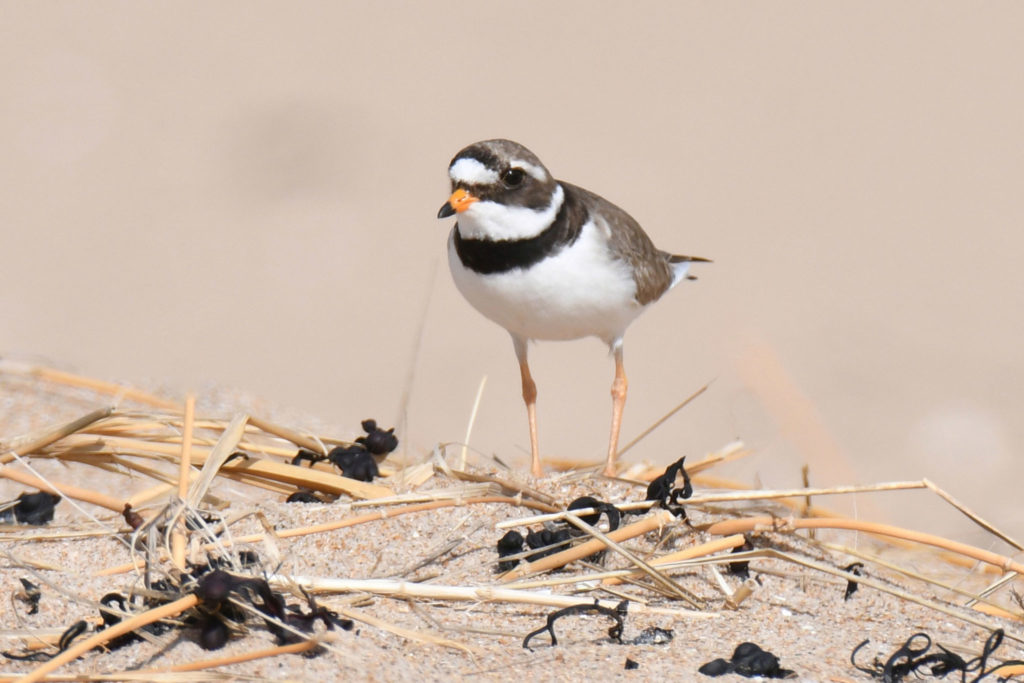
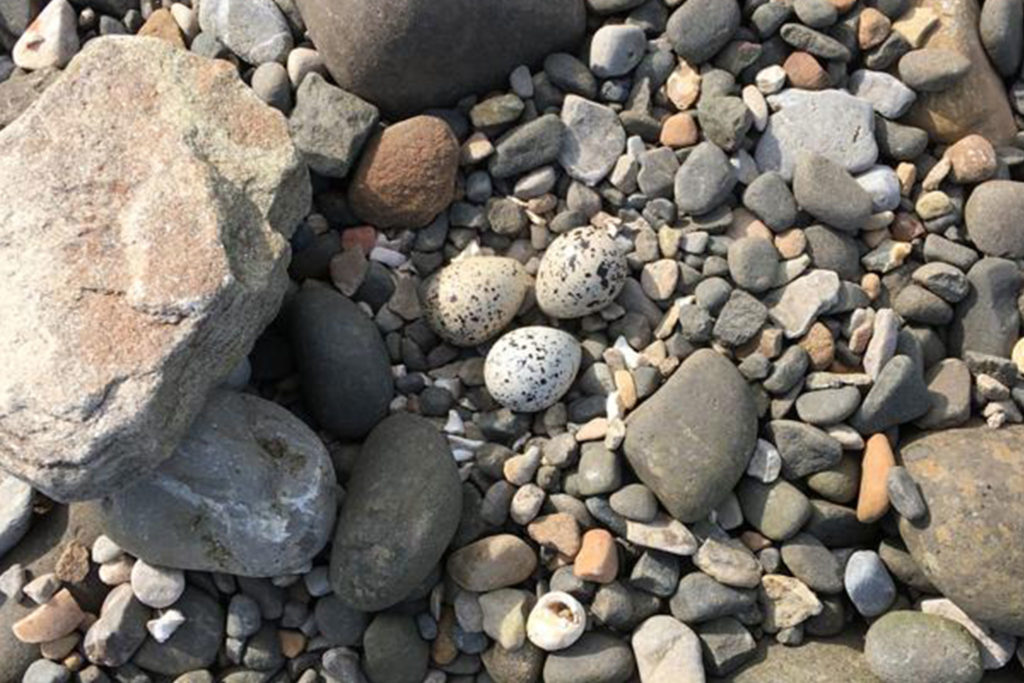
Threats:
Predation
Crows, foxes and kestrels will take eggs and chicks. Adult ringed plovers will often feign a broken wing in the hope that predators will pursue them and therefore be lured away from eggs and chicks.
High spring tides
Will wash away eggs
Disturbance
Parent birds see humans and dogs as they do any other potential predator and will move away from their nest if anyone gets too close. Being ground nesting birds, eggs and chicks will quickly become cold if exposed to the elements for too long, and on a cold windy day this will not only leave eggs vulnerable to chill, but they could also become buried by blowing sand.
Other shore nesting birds that can be found along the Northumberland coast:
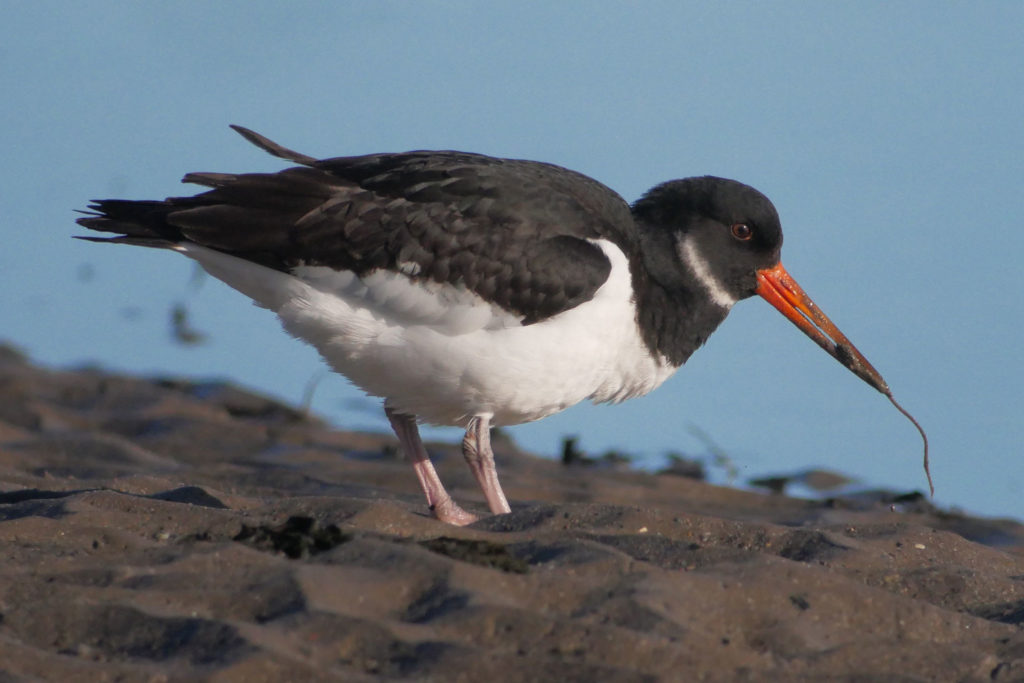
OYSTERCATCHER
A small number of oystercatcher pairs nest along the coast in similar locations to ringed plover and face many of the same challenges. Unlike most other shorebird species, oystercatcher chicks are fed by their parents and with them being larger birds they take much longer to fledge – around 34 -37 days.
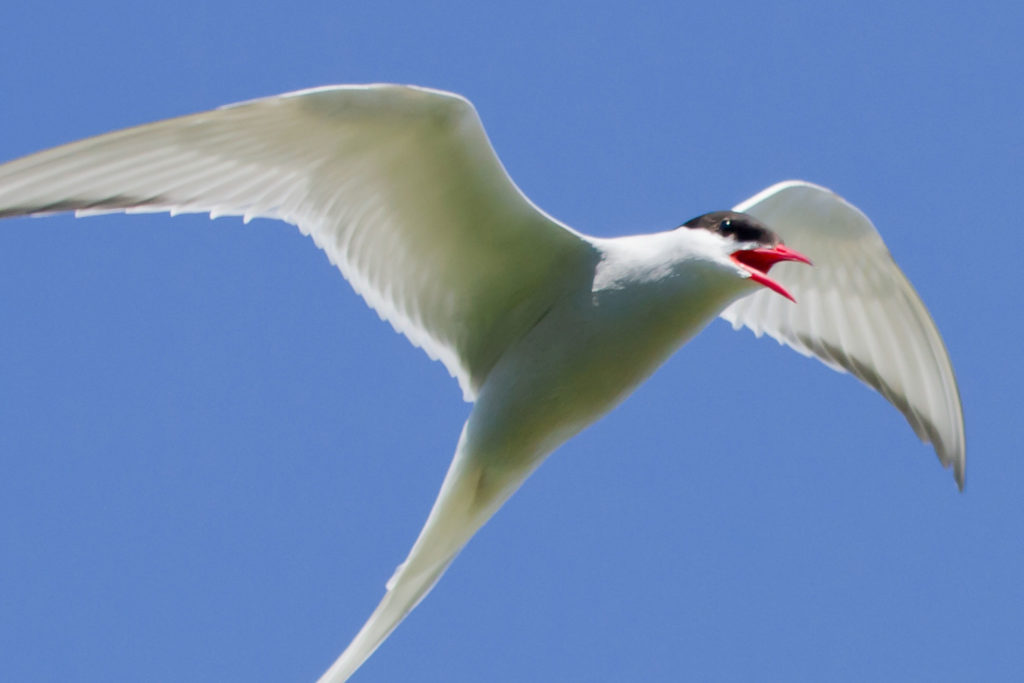
ARCTIC TERN
Arctic terns are seabirds which travel to nesting sites in Northumberland from the Antarctic. Due to this epic migration, Arctic tern see the most daylight out of any other animal in the world! Birds nesting at the National Trust’s Long Nanny site on Beadnell Bay are the UK’s most important mainland colony of Arctic terns.
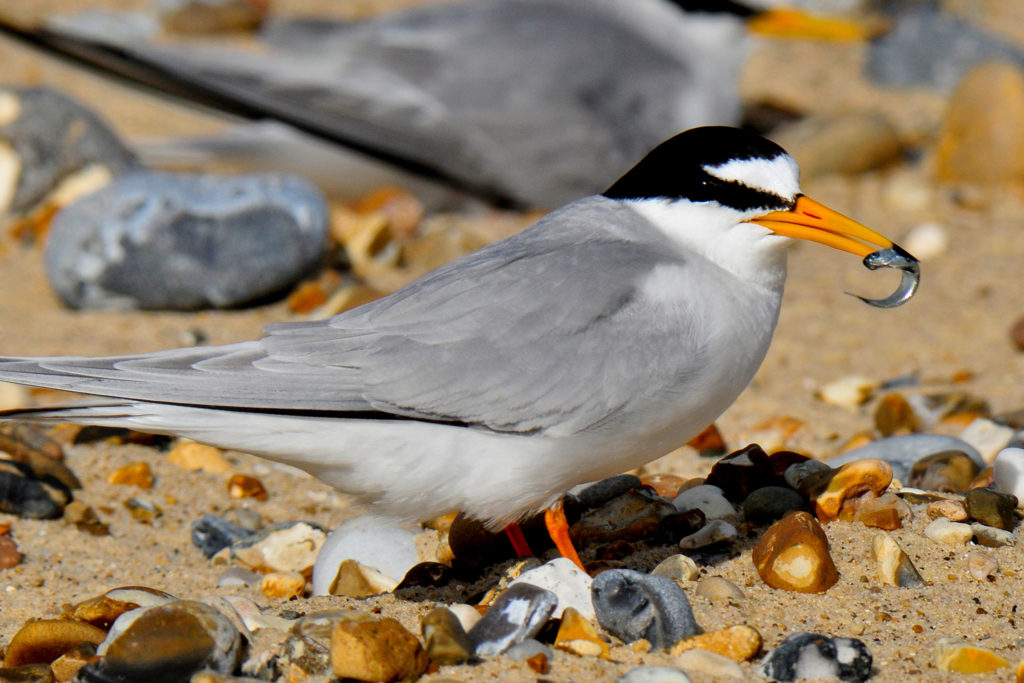
LITTLE TERN
Little tern are the UK’s second-rarest nesting seabird and come to Northumberland for the summer from western Africa. Nesting colonies can be found at Lindisfarne National Nature Reserve and on Beadnell Bay, where they are specially protected.
If you see ringed plover or any other shorebirds along the coast which you think may be nesting, or would like more information about how you can get involved with our nest protection efforts, please contact us!
Click here to contact us